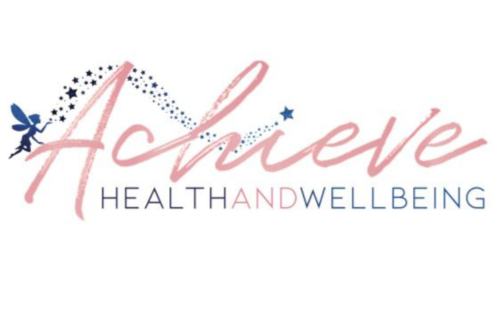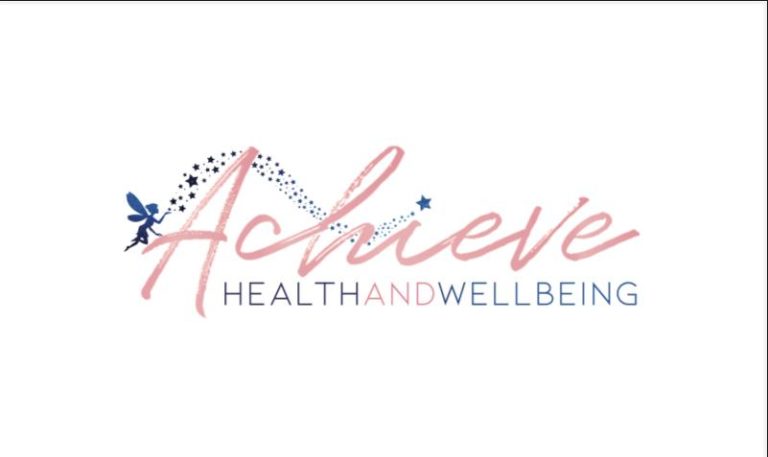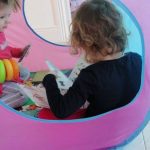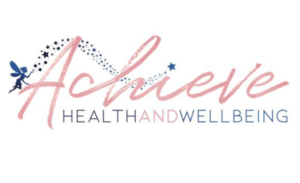Is There Something Wrong With My Child?
It’s a question many parents/guardians whisper in the dark hours of the night or type anxiously into a search bar:
“Is there something wrong with my child?”
Maybe your toddler isn’t talking yet. Maybe your child seems overwhelmed in noisy places. Maybe they have big meltdowns, struggle to sleep, or don’t seem to play like other children. You notice the little things that others might miss, like the way your child covers their ears when the kettle boils, how they freeze up in groups, or how their emotions seem to flood out all at once.
And then you notice you. Hyper-vigilant. Watching. Comparing. Researching. Wondering. You’re constantly scanning for signs, replaying conversations with teachers, or poring over parenting books in search of answers. You feel stressed, isolated, and unsure. You may even feel guilty for worrying, but also guilty if you don’t.
Here’s the truth: this level of worry doesn’t come out of nowhere. It often grows in the absence of something we used to take for granted – community.
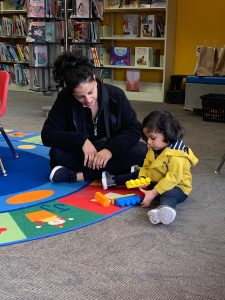
The Missing Web of Support
We used to raise children in villages, neighbourhoods, and extended family systems. Mothers or fathers alike were not meant to carry the weight of worry alone. There were grandparents, neighbours, aunties, uncles, local shopkeepers, and playgroups. Other children around for comparison, comfort, and shared chaos.
Today, many parents are parenting in isolation. Some are far from family. Others are living in communities where the “village” is fragmented by long working hours, screen time, closed doors, and the fast pace of modern life. We rely on online forums and occasional GP visits to answer the questions our grandmothers or elders would have spotted in a heartbeat.
When community is absent or fractured, it’s no surprise that parental worry grows. In the absence of shared stories and supportive mirrors, every quirk becomes a potential concern. Without someone to say, “My child did that too and it passed,” or “Let’s figure it out together,” we can spiral into fear and self-doubt.
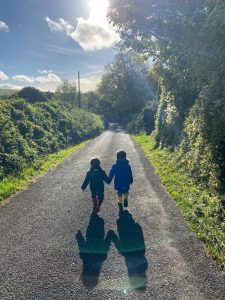
What If the Problem Isn’t the Child?
Here’s a radical idea: what if the problem isn’t your child, or even your parenting – but the way we’ve been left to do this alone? Surrounded, but not supported.
Of course, sometimes children do need support, and as a parent, you’re right to advocate and explore. But the first step in answering the question, “Is there something wrong with my child?” is often to ask a different one:
“Do I have the support I need?”
Are you part of a community that sees your child’s strengths as well as their struggles? Are you surrounded by people who remind you that children develop at different paces and in different ways? Do you have safe spaces to talk honestly, not just about milestones and behaviour charts, but about fear, exhaustion, and hope?
References
Crnic, K. A., & Low, C. (2002). Everyday stresses and parenting. In M. H. Bornstein (Ed.), Handbook of parenting: Practical issues in parenting (Vol. 5, pp. 243–267). Lawrence Erlbaum Associates.
Centers for Disease Control and Prevention. (2022). Essentials for childhood: Creating safe, stable, nurturing relationships and environments for all children. U.S. Department of Health and Human Services. https://www.cdc.gov/violenceprevention/childabuseandneglect/essentials.html
Deater-Deckard, K. (2004). Parenting stress. Yale University Press.
Klinenberg, E. (2018). Palaces for the people: How social infrastructure can help fight inequality, polarization, and the decline of civic life. Crown Publishing Group.
National Childbirth Trust. (2020). The hidden half: Bringing postnatal mental illness out of hiding. https://www.nct.org.uk/about-us/what-we-do/policy-and-research/hidden-half
Putnam, R. D. (2000). Bowling alone: The collapse and revival of American community. Simon & Schuster.
Senior, J. (2014). All joy and no fun: The paradox of modern parenthood. Harper.
Tummala-Narra, P. (2009). Parenting in a foreign land: Acculturative stress and parenting among immigrant families. The Journal of Infant, Child, and Adolescent Psychotherapy, 8(1), 74–92. https://doi.org/10.1080/15289160802683062
Ungar, M. (Ed.). (2011). The social ecology of resilience: A handbook of theory and practice. Springer.
